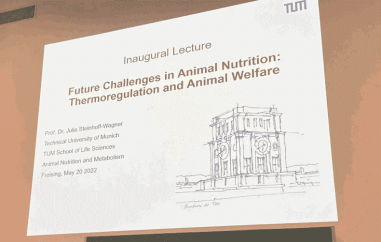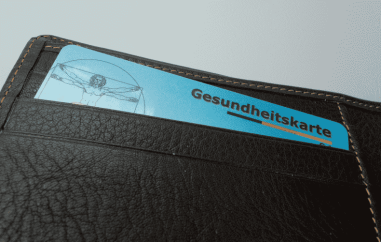Did you know...
...blind patients can read words thanks to eye prostheses.
Using a neuroprosthetic device, a blind patient has been able to read letters and words in the form of visual Braille, streamed directly onto his retina. Retinal prostheses are able to restore partial vision in patients with certain types of blindness. "" is a company that develops, manufactures and markets implantable visual prosthetics, such as the Argus II retinal prosthesis system. So far, this device has been implanted in over 50 patients, enabling them to see colour, movement or objects, and has recently been approved for commercial use in Europe.
The system works by surgically implanting a microchip, containing an array of electrodes, on the surface of the retina. A tiny video camera mounted on a pair of glasses captures video and sends it to a wearable processor unit where the information is digitised before being transmitted wirelessly to the implant. When these data reach the electrode array, the retina is electrically stimulated, inducing cellular responses and resulting in a recognisable visual image. But this is old school.
But now, a new report published in Frontiers in Neuroprosthetics, reports on the development of an even less cumbersome system, where they directly projected patterns of visual Braille onto the retina, thus bypassing the need for the camera. In the normal Braille reading system, individual letters are created by a subset of dots from a 3 x 2 array of six dots and are read tactually (using touch). In the system tested in this study, the prosthesis was used to create images of Braille letters on a grid in the retinal implant, to be read visually.
"Instead of feeling the Braille on the tips of his fingers, the patient could see the patterns we projected and then read individual letters in less than a second with up to 89% accuracy," explains Sr. Research Scientist Dr. Thomas Lauritzen, lead author of the paper. The patient also showed up to 80% accuracy when recognising short words (2,3 and 4 letters presented one letter at a time).
This study is a proof of concept and shows how this system could be adapted to provide an alternative and potentially faster method of text reading for those suffering from this type of blindness.



































